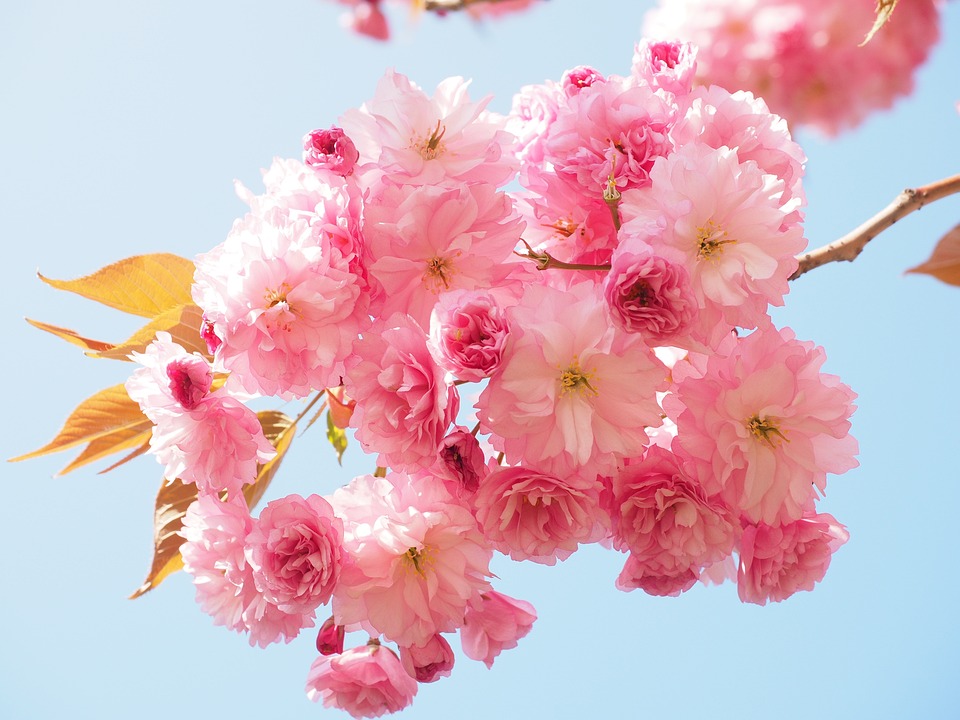[ad_1]
When it comes to alcoholic beverages, sake is a unique and cherished drink that holds a special place in Japanese culture. With a history dating back to over 2,000 years, sake has become an integral part of the Japanese way of life. It is not just a drink, but a representation of Japanese tradition, craftsmanship, and the diversity of flavors.
The Basics of Japanese Sake
Sake, also known as nihonshu, is a fermented rice beverage that is brewed through a precise and delicate process. It is made from rice, water, yeast, and koji mold, and is generally categorized by its taste profile – from dry to sweet. The complexity and diversity of sake can be attributed to the different types of rice, water, yeast, and brewing methods used by various sake breweries.
Different Types of Sake
Japanese sake comes in various styles, each offering a unique drinking experience. Here are some of the main types of sake:
- Junmai: This type of sake is made with only rice, water, yeast, and koji mold. It has a rich and full-bodied flavor, with a slightly higher acidity and a dryer profile.
- Ginjo: Ginjo sake is brewed with rice grains that have been polished to at least 60% of their original size. This results in a more fragrant and lighter flavor, with fruity and floral notes.
- Daiginjo: Daiginjo is considered the premium sake, made from rice grains polished to at least 50% of their original size. It has a complex and refined flavor, often described as elegant and smooth.
- Nigori: Nigori sake is unfiltered, which gives it a cloudy appearance and a creamy texture. It is sweeter and more fruity compared to other types of sake.
From Dry to Sweet: The Spectrum of Sake Flavors
One of the most fascinating aspects of Japanese sake is its broad spectrum of flavors, ranging from dry to sweet. The taste profile of sake is influenced by factors such as rice polishing ratio, fermentation time, and yeast strains. Let’s explore the diverse range of flavors found in Japanese sake:
Dry Sake
Dry sake, also known as “karakuchi” in Japanese, is characterized by its crisp and clean taste with a dry finish. This type of sake is often preferred by those who enjoy a more savory and sharp flavor profile. Dry sake pairs well with savory dishes, such as grilled meats, sushi, and tempura.
Sweet Sake
On the opposite end of the spectrum, sweet sake, or “amakuchi,” offers a luscious and fruity taste with a touch of sweetness. It is popular amongst those with a sweet tooth and is often enjoyed as a dessert wine. Sweet sake complements desserts, fruits, and light, creamy dishes.
Balanced Sake
For those who appreciate a well-rounded and harmonious flavor, balanced sake is the perfect choice. It strikes a middle ground between dry and sweet, offering a delicate and smooth taste that pairs well with a wide range of cuisines. Balanced sake is versatile and can be enjoyed on its own or alongside a variety of dishes.
The Art of Pairing Sake with Food
Pairing food with sake is an art that enhances the flavors of both the drink and the dish. The unique taste profiles of different types of sake make them suitable for a diverse range of culinary experiences. Here are some common food pairings with different styles of sake:
- Junmai: Pair with rich, hearty dishes such as grilled meats, stews, and aged cheeses.
- Ginjo: Complements light and delicate flavors, such as sashimi, steamed seafood, and fresh salads.
- Daiginjo: Ideal for pairing with refined and elegant dishes, such as sushi, fine seafood, and vegetable stir-fries.
- Nigori: Goes well with spicy and bold flavors, such as Thai curry, barbecue, and creamy desserts.
Celebrating Diversity through Japanese Sake
Japanese sake is a testament to the diversity and artistry of Japanese culinary traditions. Its rich range of flavors and styles offers something for everyone, from those who prefer dry, crisp sake to those who enjoy sweet, fruity varieties. Whether enjoyed on its own or paired with a delectable meal, sake invites us to explore and appreciate the nuances of taste and tradition.
Conclusion
Exploring the diversity of Japanese sake reveals a world of intricate flavors and cultural significance. From dry, savory sake to sweet, luscious varieties, each type offers a unique drinking experience that enriches the palate. Whether enjoyed with a meal or savored on its own, Japanese sake reflects the artistry, tradition, and diversity of Japan’s rich culinary heritage.
FAQs
1. Is sake the same as rice wine?
No, sake is different from rice wine. While both are made from rice, the production process and taste profiles of sake and rice wine are distinct. Sake is brewed using a complex fermentation process, while rice wine, such as Chinese huangjiu, undergoes a simpler fermentation method.
2. What is the best way to serve sake?
Sake can be served at various temperatures, depending on personal preference and the type of sake. Generally, lighter and aromatic sakes, such as ginjo and daiginjo, are best served chilled, while richer and more robust sakes, such as junmai, are enjoyed at room temperature or slightly warmed.
3. How long does sake last after opening?
Once opened, sake should be consumed within a few days to a week for optimal flavor. It is best stored in the refrigerator to maintain its freshness. Unopened sake can be stored for several months or even years, depending on the type and quality of the sake.
In conclusion, the diverse range of flavors and styles found in Japanese sake underscores the depth of Japanese culinary traditions. From dry to sweet, each type of sake offers a distinct taste profile that invites exploration and appreciation. With its versatility and cultural significance, sake continues to captivate enthusiasts around the world, inviting them to savor and celebrate the art of fermentation and tradition.
[ad_2]




Comments